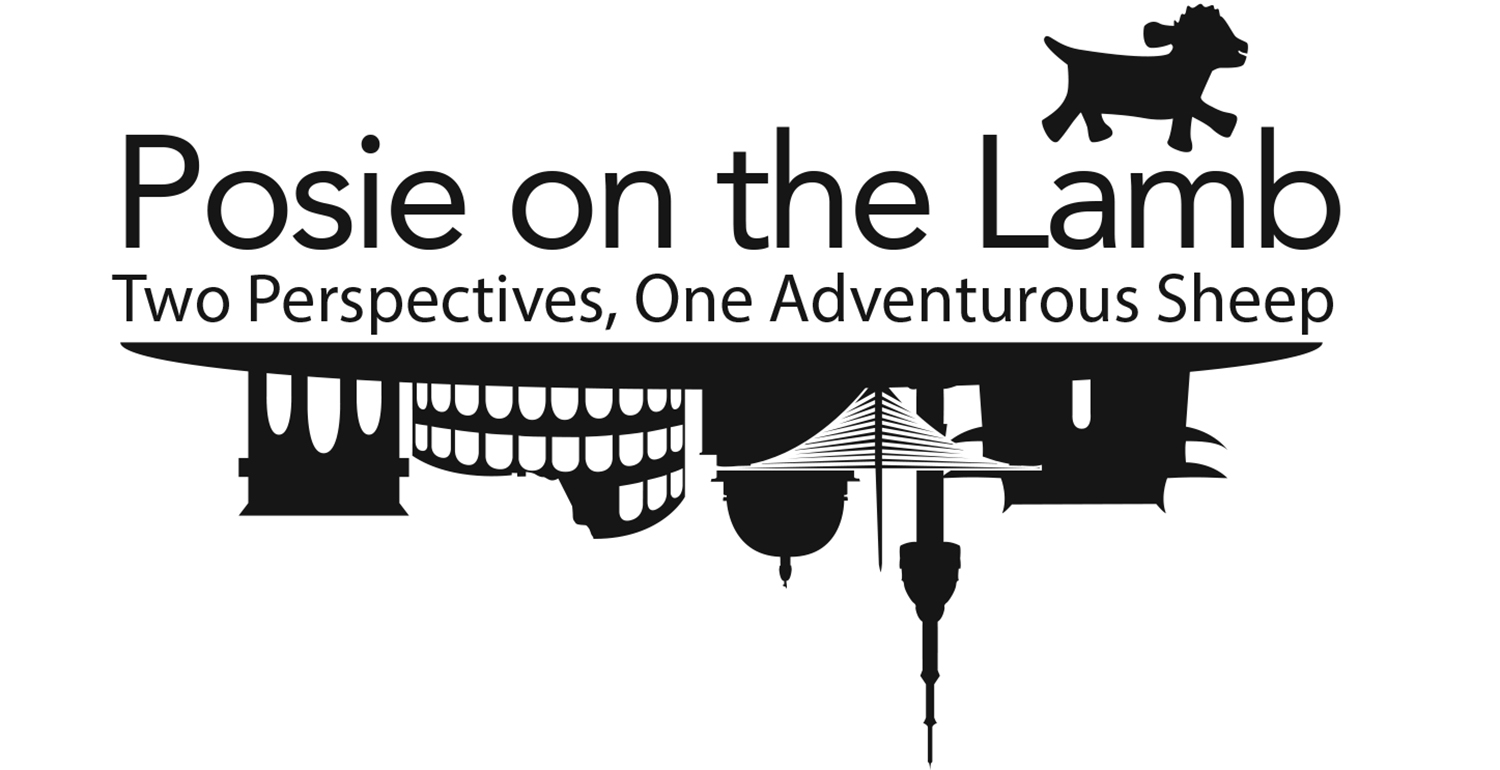Sokcho

At first glance, Sokcho is little more than a springboard to Seoraksan. It's a tiny fishing village of 90,000 in a remote corner of Gangwon-do. The streets bustle with traffic. The buildings are grey and drab. The usual franchises have their place: the Paris Baguettes, the Tours Le Jours, the McDonald's, the Cafe Bene's. The downtown is an endless row of fashionable clothiers and the outskirts are full of farms. If you've lived in Korea for any length of time, it's all pretty standard. But this is a superficial assessment. Scratch the surface, and there are gems in abundance.
I'll handle these in descending order of priority, so sleep, food, then sights.
PLACES TO SLEEP
Most of Sokcho's motels are clustered around its two intercity bus terminals, shown here:
As long as you can get to one of those two areas, you will have abundant choices. We arrived at the northern bus terminal. There was a motel literally forty feet from where the bus dropped us off. Rooms were 30,000₩ (rates are higher on holidays), and included free WiFi. It wasn't much, but it was clean and the staff were friendly. As an additional note, the 7 and the 7-1 city bus have a route that connects these two terminals. So if you don't like your options at one, you can catch the bus (1100₩) and explore the other.
PLACES TO EAT
Sokcho is lousy with restaurants. Seriously, they're everywhere. I wrote about the Traditional Market, with its vast array of chicken, last time. But there are plenty more great spots for the gastronomically exploratory.
The Restaurant District: This place is perfect for the indecisive. There are dozens of restaurants clustered in this little neighborhood. I didn't notice much in the way of western fare, but they had every possible Korean cuisine.
The Abai Village: Seafood and the infamous Squid Sundae (which Erin's going to cover in a future post). It's a little touristy, but the food is delicious. Note: Google maps doesn't seem to think there's a bridge between the two sides of the channel there, but one was completed just a few years back, so you can in fact get there from either side.
The Taepu (or Daebu) Market: Located right by the docks, this is where you go if you want your seafood really, really fresh. It's little more than a row of tents, but they were always packed when we walked by. The vendors kill, clean, and prepare everything right in front of you. You can take the uncooked meat home or have them cook it for you too. If you want the unique experience of eating something that was wriggling not five minutes before, this is it.
PLACES TO SEE
Erin and I spent much of our time out at Seoraksan, but we devoted a day to Sokcho. We started out wandering down to the shore to check out the Taepu Market.
It was raining, but that didn't deter the people coming out for seafood.
The food here changes depending on what the fisherman are catching. We found squid, live and squirming. They'd set up an assembly line of people cleaning the meat with ruthless efficiency, sliding it down to the cooks, and then out to the customers. There was plenty of Soju and beer floating around too.
Next, we wandered down to the traditional market, where we found more seafood and a lot of fresh fruit and vegetables.
From there we headed to the newly built bridge crossing the bay.
We paused to check out some fishermen working on their boat.
Then we moved on to the Abai Village to explore a bit of Korea's history. During the war, North Korean refugees settled here to wait out the fighting. After the DMZ was established, they found themselves cut off from homes and family. The refugee camp gradually morphed into a permanent settlement, cramped and narrow, mazelike. Many of the residents were older, and the name, "Abai" meaning "Father" in the local North Korean dialect, reflects that. It's a fascinating place, though today it's become more famous for its touristy cuisine than its connection to history.
Often, the smaller features would be most astonishing, like the lion headed door knocker covered in rust...
...or the bird's nest tucked away beneath an overhang.
We had lunch in one of the many restaurants. After, we headed to the beach. And let me tell you, Sokcho has lovely beaches.
They still have the old ferry to take you back across the channel if you want. It's cheap at 200₩, but mostly a novelty these days.
Still, it did have a long enough line that we didn't feel like waiting. We climbed back up the bridge and wandered down to the restaurant district in search of dinner. When we got there, the neighborhood glittered like a neon carnival.
All in all, a wonderful day.
-Sam
Getting to Sokcho can be tricky. If you're in Seoul, there are regular buses out of Dongseoul. If you're anywhere else, check with your local bus depot. They may have direct routes, they may not. If you get unlucky, you may still find routes to Wonju, one of the larger cities in Gangwon-do. From there, a bus runs to Sokcho almost every twenty minutes, though you'll have to be careful which one you get. Travel times between Sokcho and Wonju vary from little over an hour to close to three hours, depending on how many stops there are.
























